Mozambique: 862.8 million meticais from gas and mining projects to be allocated to communities
Mozambique: Cahora Bassa output to increase by 90 MW
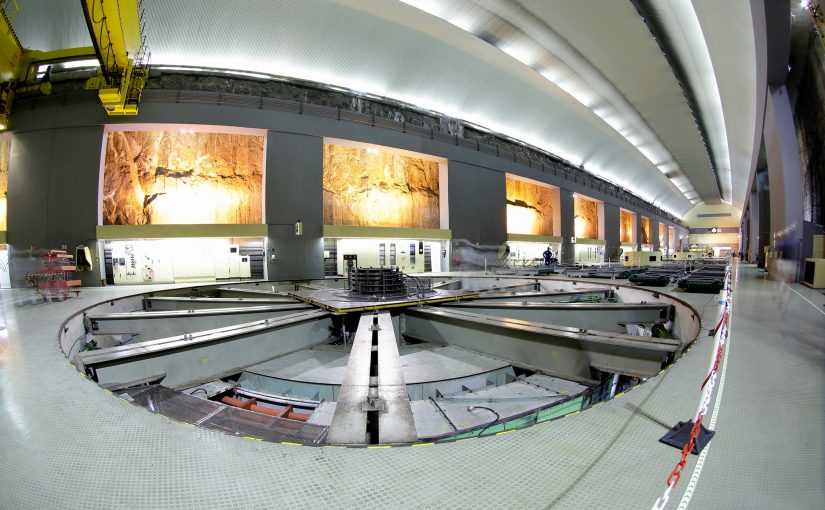
Photo: Hidroeléctrica de Cahora Bassa
The Cahora Bassa Hydroelectric Plant (HCB), in central Mozambique, one of Africa’s largest dams, will increase its total power output by 90 MegaWatts (MW) following the modernisation and rehabilitation of the southern plant, the start-up of which was announced on Monday.
“The main aim of this project is to improve the effectiveness and efficiency of the equipment responsible for producing and transporting electricity, ensuring the sustainability, reliability and competitiveness of the generation system. It is a strategic intervention, crucial for strengthening the national and regional energy sector,” said the chairman of the board of directors, Tomás Matola, quoted in a HCB statement.
According to the document sent to Lusa, as part of the hydroelectric complex’s modernisation and rehabilitation programme, HCB, Mozambique’s largest independent electricity producer, will begin the rehabilitation project of the south plant, phase 2 (RS2), as part of the “CAPEX Vital 10 Years” Investment Plan.
HCB is a private limited company, 85% owned by the state-owned Companhia Elétrica do Zambeze and 7.5% by Portugal’s Redes Energéticas Nacionais (REN). The company holds 3.5% of its own shares, while Mozambican citizens, companies and institutions hold the remaining 4%.
With the implementation of RS2, HCB plans to increase the current total power (2,075 MW) of the southern power station by 90 MW, “which will increase the capacity of each of the five generating groups from 415 MW to 433 MW”.
“This increase will strengthen the supply of energy to the region, thereby supporting economic growth. In addition, once the project is completed, the plant’s operational lifespan could be extended to more than 45 years in the medium and long term, which will be crucial for the continued production of energy in a region that relies heavily on hydroelectric power,” the statement said.
HCB adds that “the risk of prolonged unavailability of the power generation systems will be mitigated and the performance of the hydroelectric plant will be improved”, a project that Austrian Andritz Hydro will lead.
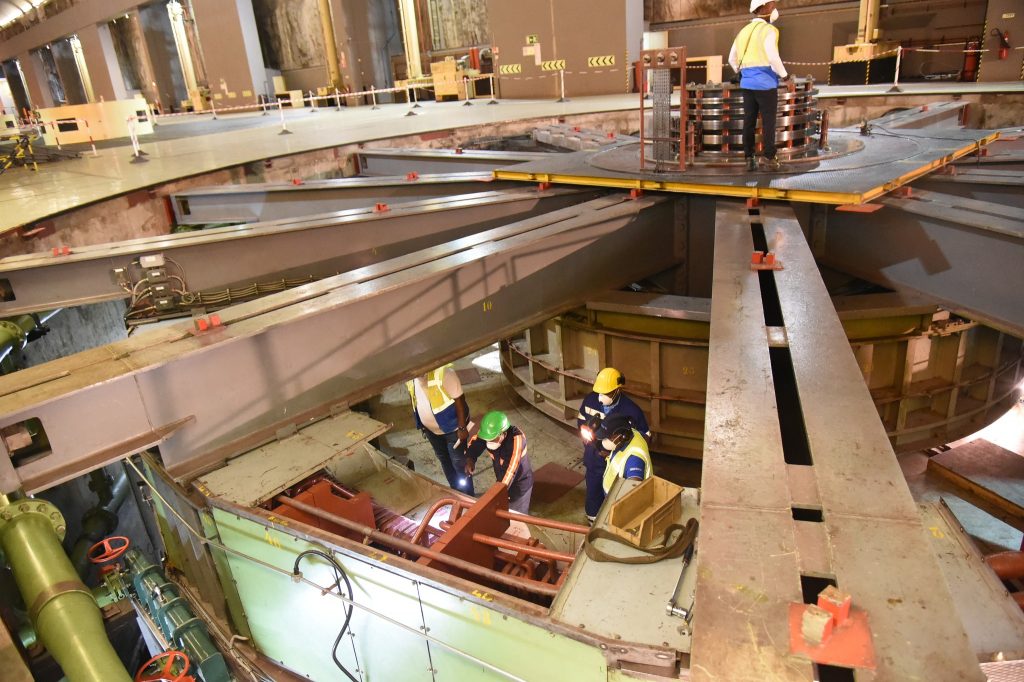
“The RS2 project is part of HCB’s ongoing efforts to innovate and improve the energy sector in Mozambique, which translates into the company’s commitment to saying that the hydroelectric complex remains operational, strategic and structural to the highest standards, even after 50 years of existence,” he points out.
The RS2 implementation plan, he adds, “provides for each of the five generating groups to stop every year to be rehabilitated, replace equipment and put into service” and to “make up for the shortfall that will occur” HCB says it has established “as a strategic priority the implementation of two important projects, the northern Cahora Bassa plant and the solar photovoltaic plant.
The future northern plant will have an installed capacity of 1,245 MW, made up of three generating sets of 415 MW each, and the solar plant will have an estimated capacity of 400 MWac, both to be installed in the province of Tete, an area recognised for the highest and most intense levels of solar radiation in the country.
“These infrastructures will contribute significantly to the supply of renewable energy, reducing dependence on water and promoting sustainability, as well as strengthening HCB’s position as one of the largest producers of hydroelectric power in southern Africa,” he concludes.
READ: ANDRITZ receives major order for rehabilitation of Mozambique’s largest hydropower plant
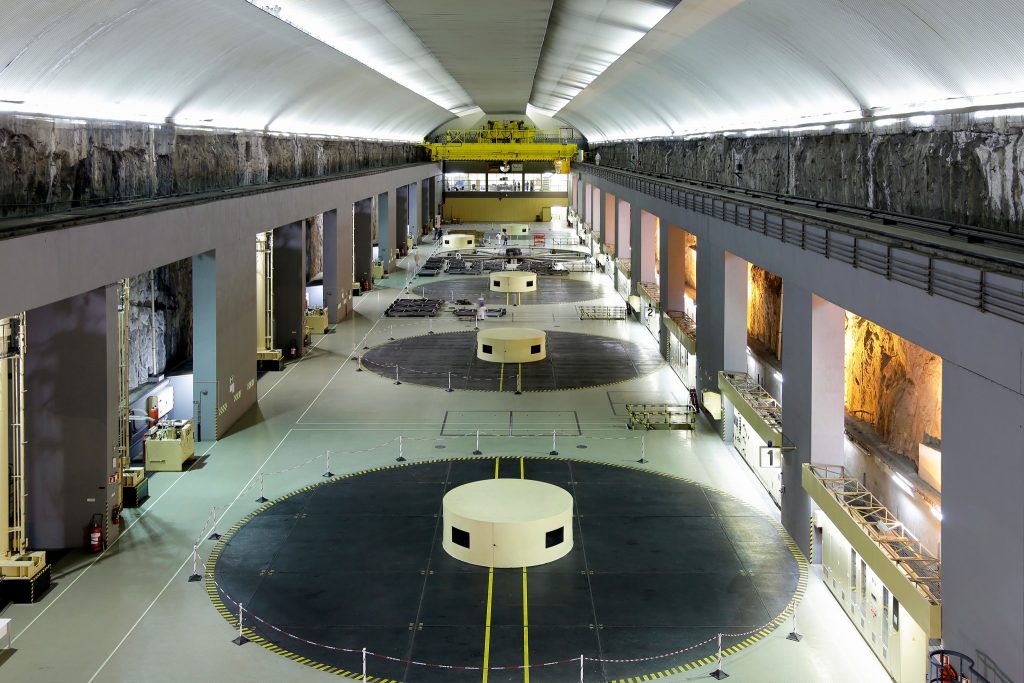
The Cahora Bassa reservoir is the fourth-largest in Africa, employs almost 800 people, and is one of the largest producers of electricity in the southern African region, supplying neighbouring countries.
The dam is located in a narrow gorge of the Zambezi River and was built from 1969 to 1st June 1974, during the Portuguese colonial period. Commercial operation began in 1977, with the transmission of the first 960 MW, produced by three generators, compared to the current installed capacity of 2,075 MW.





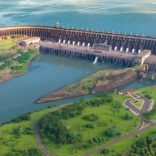
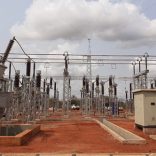
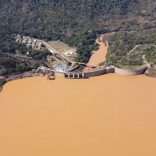
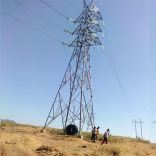


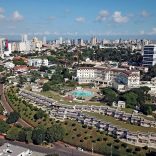
Leave a Reply
Be the First to Comment!
You must be logged in to post a comment.
You must be logged in to post a comment.